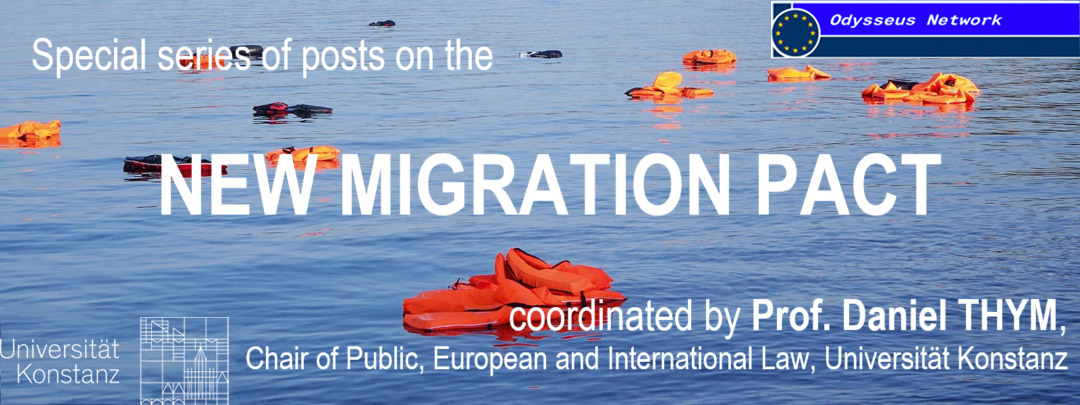By Madalina Moraru, Head of Research Group at the Centre for Judicial Cooperation of the European University Institute, and Senior Research Fellow at the Judicial Studies Institute, Masaryk University and ITFLOWS Project, Brunel University.
Returns do not feature in the Pact’s title, nevertheless they are a redline running across all of the Pact’s five legislative acts, and two non-binding proposals scheduled for 2021. These proposals aim to increase returns of irregularly staying third-country nationals from the EU by way of: introducing a mandatory, expedited return border procedure that could become the new regular return procedure; creating an EU Return Coordinator position to increase coordination among domestic return practices; increasing the links between asylum and return policies into a single integrated migration procedure; and introducing return sponsorship as a form of solidarity cooperation among the Member States. Some of these proposals are likely to increase solidarity among the Member States, and achieve more effective returns that also observe fundamental rights – such as a more humane return border procedure compared to the procedure included in the 2018 Recast Return Directive proposal of the European Commission. Nevertheless, the increased links between asylum and return policies, the extension of the scope of application of the return border procedure coupled with the limitation of procedural guarantees risk to weaken the right to asylum, the principle of non-refoulement and diminish the role of courts in favour of an executive dominated migration management system.
Against this background, this post examines:
- why returns feature so centrally in the Pact;
- how the Pact proposes to reform the EU policy design on returns, compared to the 2018 Proposal to Recast the Return Directive and the currently in force Return Directive; and
- what could be the future challenges for the new EU system of returns.

